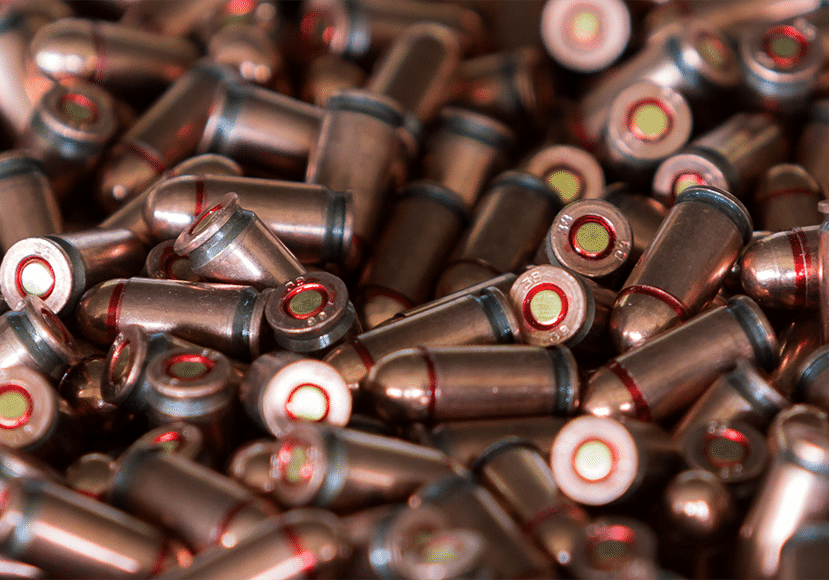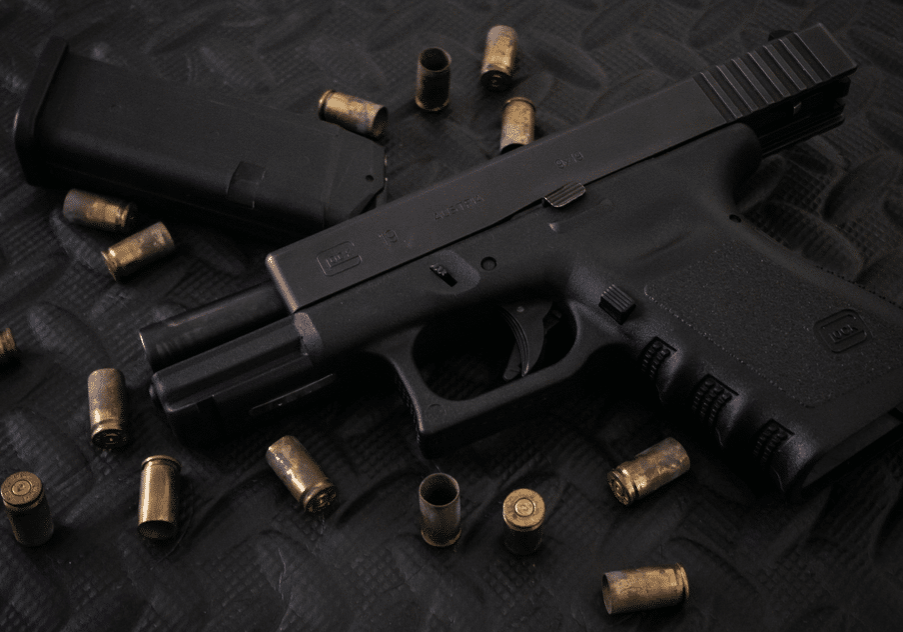12 Gun Range Etiquette Rules and Tips
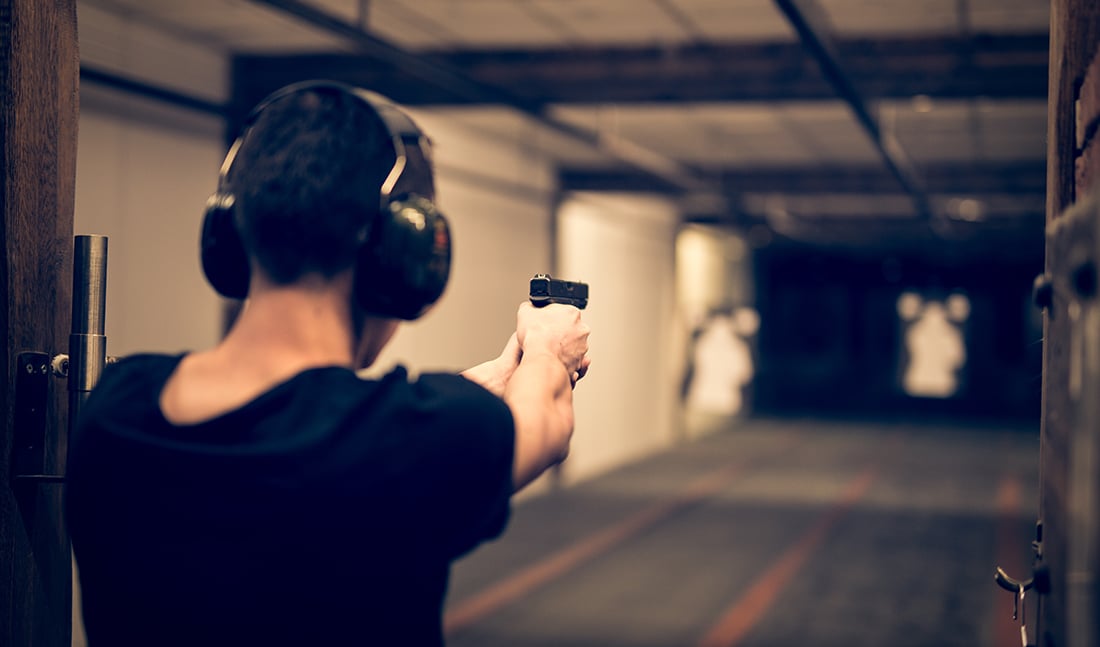
Whenever you find yourself trying something new, it's a good idea to familiarize yourself with what's considered to be acceptable behavior in that environment. Doing so is, perhaps, most important when your new hobby involves firearms.
In this guide, I'll break down 12 gun range etiquette rules I always adhere to myself and recommend to new shooters. These rules will not only help keep everyone safe but also keep you in the good graces of gun range staff and your fellow customers.
1) Familiarize Yourself With and Follow the Universal Gun Safety Rules
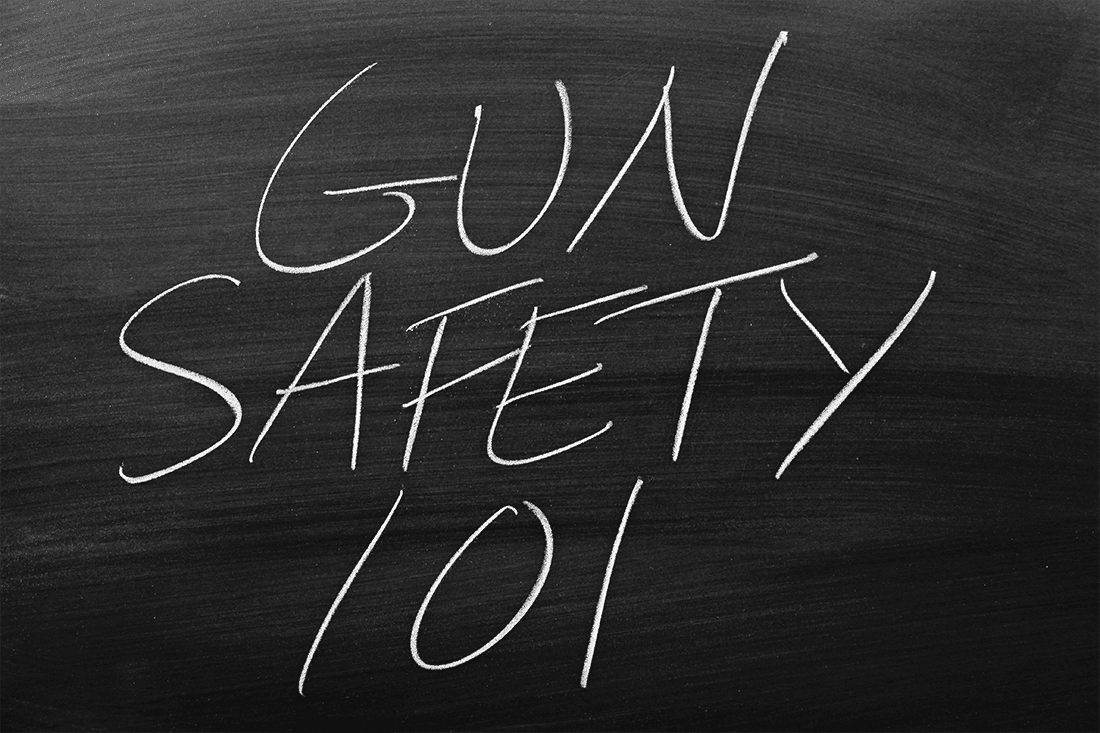
Though something as crucial as firearm safety cannot be covered entirely in just a few sentences, following the "universal rules" of gun safety will prevent the vast majority of potential firearm accidents.
You may come across different variations or phrasings of these universal rules, but all of them aim to accomplish the same thing.
- Treat all guns as if they are always loaded.
- Never let the muzzle point at anything that you are not willing to destroy.
- Keep your finger off the trigger until your sights are on target and you have made the decision to shoot.
- Be sure of your target and what is beyond it.
Following these safety rules goes beyond etiquette. Doing so is a necessity when handling firearms.
2) Follow the Rules of Your Gun Range
All gun ranges have their own specific rules and requirements. These will cover additional information on safely handling guns at that range, as well as required practices to make all customers comfortable and preserve the range.
Before you even visit a range, it's a good idea to check for rules on the range's website or to call them for information.
You will need to read or watch a video covering these rules, then sign an agreement before shooting. Some gun ranges also require you first to attend a more in-depth safety course or class.
Regardless of what's required, it's a good idea to take a safety course or training class if you're new to firearms.
3) Always Follow the Range Safety Officer's Instructions
Most gun ranges have a Range Safety Officer (RSO) on the range at all times. Always follow any range commands given by the RSO.
The most common commands are "Cease Fire" or "Stop Shooting". If you hear these commands (or any variation of them), immediately:
- Stop shooting.
- Remove magazines and clear the chamber of your firearm.
- Keep the action of your firearm open and engage any manual gun safety on your firearm.
- Place your firearm down on a table or stand at your bay.
- Step back from the firing line.
If you see any unsafe behavior yourself that requires a ceasefire, don't be afraid to call it yourself. This will alert the RSO and allow them to take charge of the situation.
In the event of a gun malfunction, keep your firearm pointed down range and raise your second hand to get the RSO's attention. Do this without leaving your stall.

4) Notify Staff if You're New to Shooting and Ask Questions
I can't emphasize enough how helpful it is to leave your ego at the door and ask for help if you're a new shooter. Ask the staff any questions you have before entering the range and let them know that you are new.
Often, this will lead to them placing you at a range stall close to the RSO for extra supervision.
Though the staff may notify the RSO that you're new, it's a good idea for you to introduce yourself to the RSO and tell them yourself. Again, this will allow the RSO to devote an appropriate level of attention to you.
Sometimes, if the range isn't busy, you may even find that the Range Safety Officer gives you a few pointers. However, keep in mind that the RSO needs to help others and keep everyone safe. Don't expect to get a free training class from the RSO.
5) Don't Shoot the Ceiling, Floor, Posts, or Target Retrieval System
Always set your target at eye level at an indoor range. Avoid aiming low, high, or too far to either side.
Aiming down two feet from eye level at a close target could mean that your shots hit the floor before reaching the backstop. Not only is this not safe, but it can cause damage to the range.
If your range has an electronic target retrieval system, avoid shooting any part of it like the pulley cables or target car. This is unsafe and can also lead to you breaking the system.
6) Bring All Firearms to the Range Unloaded and in a Case/Bag
All firearms that you bring to the range should be unloaded and in a case or bag.
Though gun ranges encourage concealed carry and the right to bear arms in general, there are numerous reasons not to carry a loaded firearm into a gun range. This is also a rule at the majority of ranges I've visited.
Gun ranges are often packed with novice firearm owners. If these customers are all carrying loaded firearms, that increases the liability of the range owner. It also makes it difficult for staff to ensure everyone's safety.
Gun ranges and gun stores are also a potential target for robbery. Though trying to rob a gun shop with fully armed staff is incredibly stupid, most gun ranges reduce this risk by not allowing anyone to carry loaded firearms in their store.
7) Only Handle Firearms at Your Lane/Stall
Most ranges have a rule against handling firearms anywhere other than at your stall. Even if they don't, you should still take it upon yourself to do so.
If bringing your own firearms to the range, only remove them from your bag or case at your stall. You can then move your EMPTY bag or case to another designated area to get it out of your way.
Only handle, load, and shoot firearms at your lane. Ensure that you always keep them pointed downrange.
When done shooting, leave your unloaded firearm at your stall to retrieve your bag/case if necessary. Put everything back into your bag/case at your stall.
8) Don't Talk to Other Shooters at Their Lane
Gun ranges tend to be places with very friendly people all participating in a hobby they're passionate about. You're likely to have pleasant conversations while there and maybe even make some new friends.
However, you should never talk to someone who is at their lane, especially when they're handling a firearm. Doing so is both rude and an unsafe distraction.
9) Don't Give Unsolicited Tips
Don't be "that guy" who gives unsolicited tips to anyone who will listen (or pretends to listen). If someone wants help, they'll ask for it.
The person receiving tips from a random stranger doesn't even know that you're qualified to be giving them. Some people may also be embarrassed that you think they're so bad at shooting you stopped what you're doing to help them.
From what I've seen, the type of person to give unsolicited tips usually has no clue what they're talking about anyway.
10) Only Shoot Slugs from a Shotgun
Typically, gun ranges only allow slugs to be shot from a shotgun. Other types of shotgun ammunition, like birdshot and buckshot, are not allowed.
Birdshot and buckshot contain multiple pellets that spread as they go downrange. This increases the likelihood that you damage range equipment or hit another shooters target.
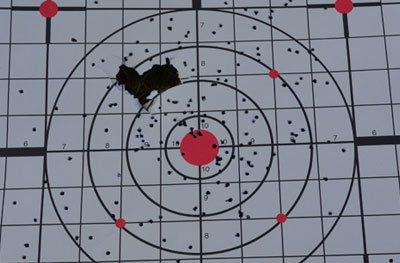
11) Be Respectful When Shooting Rifles at Indoor Ranges
This etiquette tip is one I've failed to follow myself.
I bought my first AR-15 in the middle of winter in the Midwest, so I headed to my local indoor range to put some rounds through it. Said AR-15 had a 3-port muzzle brake that pushed a ton of hot air to the left and right.
At one point a couple next to me brought their target in on the retrieval system and it began flailing wildly. I then realized the lanes next to me were getting hit with hot gas the entire time I was shooting.
In retrospect, this muzzle brake also made my rifle obnoxiously loud to shoot at an indoor range.
Though I wasn't breaking any range rules, this was pretty rude to the other customers of the range.
From this moment on, I replaced the muzzle brake with a flash hider (quieter and way less gas out the sides) for shooting indoors. I also began asking staff for a lane at the end of the range, away from other shooters.
If your shooting larger caliber rifles, you may want to consider just waiting until you can get to an outdoor range. If you do go to an indoor range, consider going during off-peak hours when it's less busy.
12) Clean Up After Yourself
Strive to leave the range cleaner than it was when you got there.
Always remove and throw away targets when your done shooting. Be sure to throw away any ammunition boxes or other trash you create.
Regularly sweep your brass downrange throughout your time shootings or collect it for reloading if you prefer (and if it's allowed at your range).


